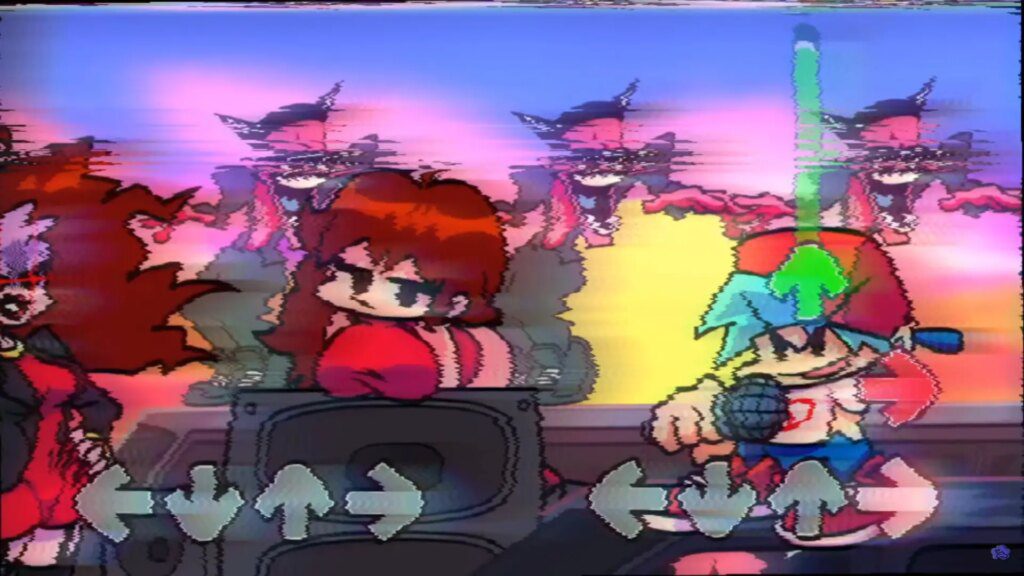Visual effects play a crucial role in creating an immersive and engaging gaming experience. They range from simple animations to intricate effects that require advanced programming and graphics technology. With advancements in gaming technology, developers can now create games with stunning graphics and highly realistic environments. Visual effects are a vital component of modern gaming, with many games relying heavily on them to create immersive and realistic environments. The future of visual effects in gaming is exciting, with developers continuing to push the boundaries of what is possible through advanced graphics technology, leading to even more immersive, engaging, and realistic game experiences for players in the future.
The Power of Visual Effects in Gaming
Visual effects play a crucial role in creating an immersive and engaging gaming experience. They not only add aesthetic value to the game but also enhance its overall gameplay. Visual effects have come a long way since the early days of gaming, and now they are an integral part of any video game development process.
Visual Effects and Gaming
Visual effects in gaming refer to the use of computer-generated imagery (CGI), motion capture, and various other techniques to create images or animations that mimic real-world scenarios or create entirely new and fantastical worlds. Visual effects range from simple animations to intricate effects that require advanced programming and graphics technology.
With advancements in gaming technology, developers can now create games with stunning graphics and highly realistic environments. These visual effects elevate the gaming experience, making it more immersive and engaging. It isn’t just about creating games that look good; it’s about creating games that feel good to play.
Creating Visual Effects in Games
Developing visual effects for games is a complex process that requires a team of skilled designers, animators, and programmers. The process involves multiple stages, including concept art, storyboarding, animation, programming, and integration.
The first step in creating visual effects is coming up with the concept art. This involves sketching out the game’s characters, environments, and any other elements that require visual effects. From there, the concept art is transformed into 3D models through the use of software such as Maya or 3DS Max.
Once the 3D models have been created, the next step is to animate them. This involves creating a series of movements or actions that the character will perform. Motion capture technology can also be used to capture real-life movements and apply them to the game’s characters.
The programming stage involves writing the code that controls how the visual effects will be displayed in the game. The programming code will dictate the behavior and appearance of the visual effects, determining how they will interact with the game’s environment and characters.
The final stage in the visual effects creation process is integration. This involves combining all the different elements, including the 3D models, animations, and programming code, into the game engine. From there, the effects can be adjusted and tweaked to ensure that they complement the game’s overall aesthetic and gameplay.
The Importance of Visual Effects in Gaming
Visual effects are a vital component of modern gaming, with many games relying heavily on them to create immersive and realistic environments. Visual effects can help to create a sense of realism and believability, making the game world feel more lifelike.
Visual effects can also enhance gameplay. For example, explosions, particle effects, and weather conditions can all alter the environment and affect how the player interacts with the game world. In multiplayer games, visual effects can also serve as a way for players to communicate with each other, signaling attacks, or providing feedback on game progress.
In addition to enhancing gameplay, visual effects can also help to create a game’s unique identity. A game’s visual effects can set the tone and enhance the game’s narrative, contributing to its emotional impact.
The Future of Visual Effects in Gaming
The future of visual effects in gaming is exciting, with developers continuing to push the boundaries of what is possible through advanced graphics technology. The industry has seen significant advancements in areas such as ray tracing, machine learning, and facial capture technology.
Ray tracing is a technique that allows for highly realistic lighting and shadow effects, adding a sense of depth and dimensionality to game worlds. Machine learning can be used to create more sophisticated AI and better natural language processing. Facial capture technology enables the capturing of facial expressions and emotions, adding a new layer of realism to game characters.
The continued development of visual effects in gaming will undoubtedly lead to even more immersive, engaging, and realistic game experiences for players in the future.
Conclusion
Visual effects in gaming are a vital component of modern video game development, enhancing gameplay, creating immersive environments, and adding to a game’s overall aesthetic value. The creation of visual effects involves multiple stages, from concept art to integration. As technology continues to evolve, we can expect even more exciting advancements in visual effects in gaming in the future.
